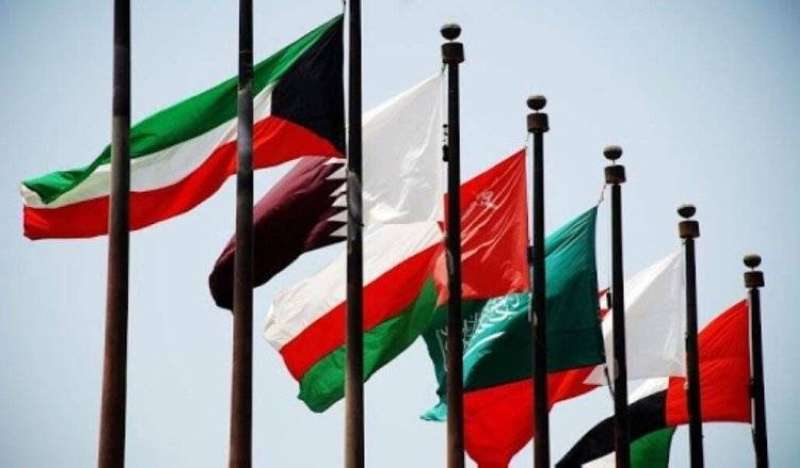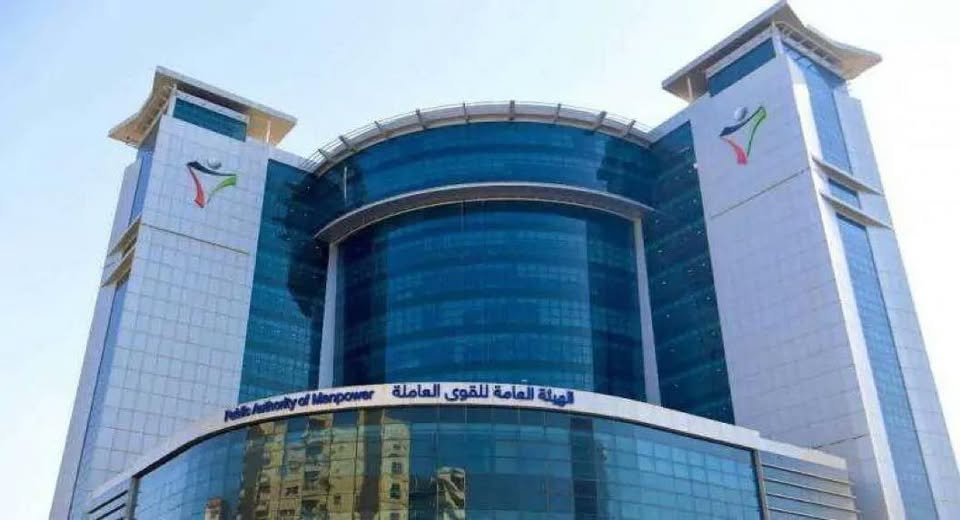In a recent report, the Institute of International Finance (IIF) projected a significant increase in the total foreign assets of Gulf Cooperation Council (GCC) countries, reaching approximately $4.4 trillion by 2024. This growth is primarily driven by current account surpluses, fueled by the export of oil and gas, which are expected to reach $146 billion.
The IIF report highlighted that the collective foreign liabilities of the region are projected to be considerably lower at around $1 trillion, resulting in a net foreign asset position of $3.4 trillion, as reported by Al-Rai daily.
Garbis Iradian, the Institute’s Chief Economist for the Middle East and North Africa, pointed out that nearly two-thirds of the total foreign assets are managed by sovereign wealth funds. These funds maintain diversified portfolios consisting of equities and fixed-income securities. The remaining third is in the form of official reserves and foreign assets held by commercial banks, invested in liquid assets.
The Institute’s estimates for foreign investments in Gulf countries draw from various sources, including US Treasury International Capital data, Bank for International Settlements data, and UNCTAD data on foreign direct investment. While the estimates may not be precise, they provide an indication of the well-diversified distribution of Gulf investments across different asset classes.
According to the Institute’s estimates, approximately 35 percent of Gulf countries’ investments are in stocks, 22 percent in bank deposits, 17 percent in foreign direct investment abroad, 7 percent in US Treasury bonds, 10 percent in bonds, and the remaining 9 percent in less liquid investments such as non-US bonds, acquisitions, mergers, and hedge funds.
Geographically, the report disclosed that 65 percent of Gulf investments abroad are situated in North America and Europe, 20 percent in Asia and the Pacific, 10 percent in other Middle Eastern and North African countries, and 5 percent in Sub-Saharan Africa and Greater Latin America.
Sovereign wealth funds in the Gulf, led predominantly by Saudi Arabia, have shown a shift towards increased investments in global stocks and foreign direct investment, deviating from traditional safe assets. The report noted that since the introduction of Vision 2030 in 2015, investments in foreign stocks and foreign direct investments have grown from 20 percent to over 40 percent in the second quarter of 2023.
The report also highlighted a decline in Gulf countries’ holdings of US Treasury bonds, with Saudi Arabia reducing its holdings by about 40 percent from February 2020 to September 2023. This strategic move is attributed to three primary goals: achieving high returns on high-risk assets to manage $2 trillion in assets by 2030, diversifying away from oil as a hedge against crude oil price declines, and financing projects outlined in Vision 2030 through riskier investments.
While the majority of trade in the Gulf is still conducted in US dollars, there is a gradual shift towards bilateral trade agreements that facilitate settlements in other currencies. However, the Institute expects this shift to be limited in scope due to the GCC currencies being linked to the US dollar, providing a foundation for financial stability in the region.
The surge in Gulf countries’ foreign assets reflects the region’s efforts to diversify their economies and reduce dependency on oil revenues. By strategically allocating their investments across various asset classes and geographies, Gulf countries aim to achieve higher returns, hedge against oil price fluctuations, and support their long-term development goals.
As the global economic landscape continues to evolve, the Gulf countries’ approach to managing their foreign assets will play a crucial role in shaping their economic resilience and stability.







